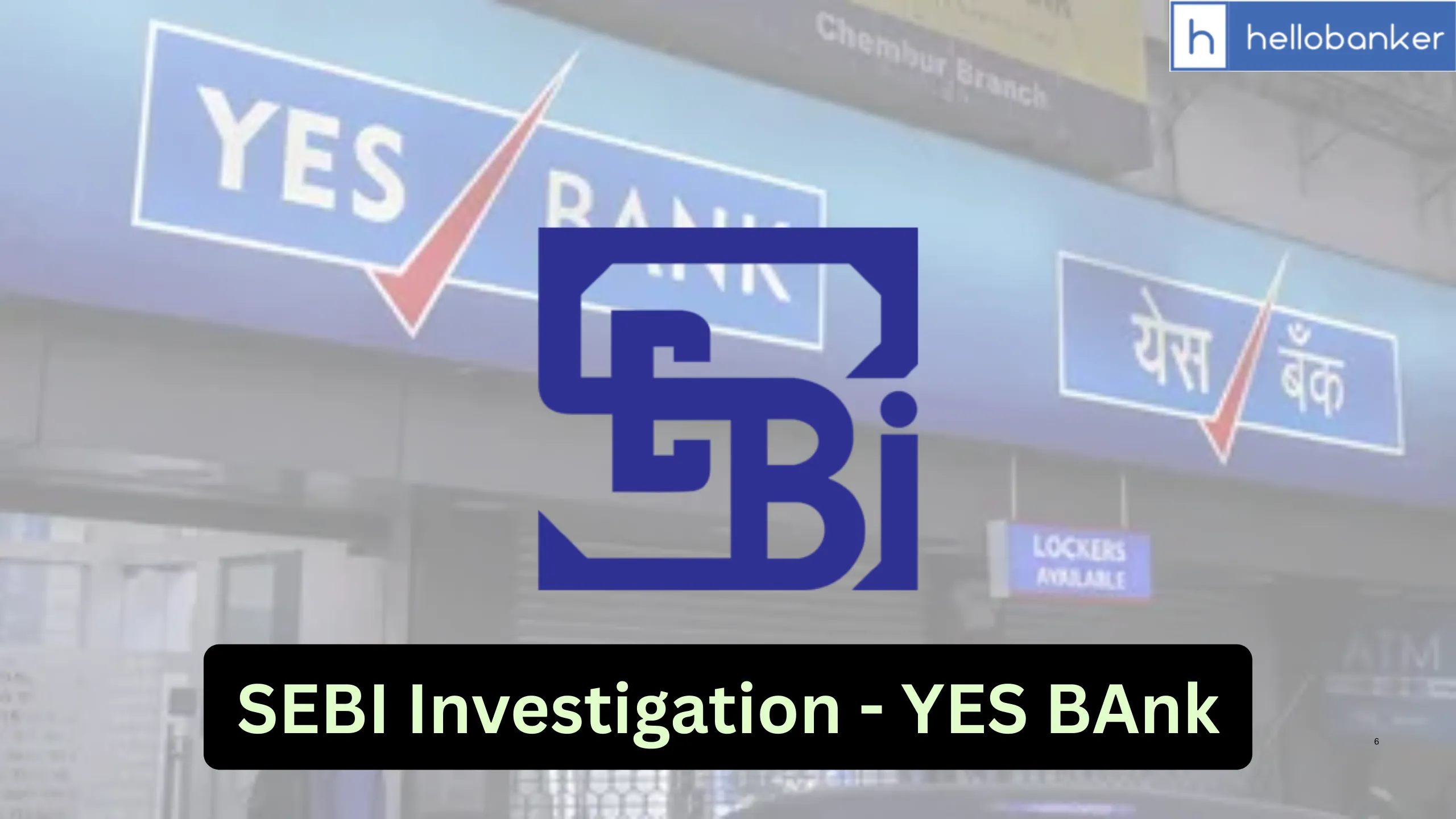The Securities and Exchange Board of India (SEBI) is looking into whether Yes Bank gave the stock market the correct information about its recent share deal with Japanese bank Sumitomo Mitsui Banking Corporation (SMBC). This comes after questions were raised about the timing and accuracy of the bank’s public statements.
What Is the Deal About?
On May 9, Yes Bank officially announced that SMBC would be buying a 20% stake in the bank from existing shareholders, including State Bank of India (SBI), HDFC Bank, ICICI Bank, and Kotak Mahindra Bank.
But just a few days earlier, on May 6, Yes Bank had told the stock exchanges that media reports about a possible deal with SMBC were “speculative” and “not factually correct.” The bank claimed it had no such information to share at the time.
Despite this, Yes Bank’s stock jumped 9% after the media reports came out — suggesting that investors believed a deal was likely.
- Also Read: Japan’s SMFG Bank May Merge its Indian NBFC with YES Bank After Acquiring 20% Stake
- Also Read: Japan’s SMBC to Become Largest Shareholder in YES Bank, Wants to purchase 51% Stake
Why Is SEBI Investigating?
SEBI has rules that require listed companies to disclose accurate and timely information, especially when the news could affect stock prices.
A person familiar with the matter said that the share purchase agreement with SMBC was signed just three days after Yes Bank denied the reports — which raises questions. If the deal was already in advanced stages by May 6, then Yes Bank should have disclosed it under SEBI’s Listing Obligations and Disclosure Requirements (LODR) Regulations, 2015.
What Did Yes Bank Say?
In its May 6 response, Yes Bank said:
“The bank is on a growth path and often explores opportunities with different stakeholders to increase shareholder value. However, such discussions are early-stage and do not require a disclosure at this point.”
Three days later, the same bank confirmed the deal through a stock exchange filing.
What’s in the SMBC Deal?
According to the May 9 announcement:
- SMBC will purchase more than 413 crore shares, giving it a 13.9% stake in Yes Bank.
- SBI is the largest seller, offloading part of its 23.97% stake.
- HDFC Bank will sell 1.9%, ICICI Bank will sell 1.7%, and Kotak Mahindra Bank will sell 0.8% of their stakes.
Why It Matters
The information about the deal was “price sensitive” — meaning it had the potential to significantly affect Yes Bank’s stock price.
Since the official announcement on May 9, Yes Bank’s shares have jumped nearly 15%, showing how important the deal was to investors. SEBI’s rules say such information must be disclosed as soon as it is confirmed.
One industry expert said:
“Standard practice is for legal and financial advisors to caution companies against announcing deals too early. However, if the agreement was already being finalized, then denying it may go against SEBI’s disclosure norms.”
Who Owns Yes Bank?
As of March 31, 2025:
- Domestic banks held 33.7% of the bank’s shares.
- SBI was the largest shareholder, holding 23.97%.
- CA Basque Investments (foreign investor) held 6.8%.
- Verventa Holdings held 9.2%.
- The bank also has nearly 63 lakh retail investors.
A Look Back: Yes Bank’s Crisis in 2020
Yes Bank has had a troubled history. In March 2020, the Reserve Bank of India (RBI) removed the bank’s board due to concerns over financial mismanagement under Rana Kapoor, the founder.
To save the bank, SBI, HDFC Bank, and others stepped in and bought large stakes. Rana Kapoor was later arrested and is currently out on bail, awaiting trial.
The outcome of SEBI’s investigation will be important, not just for Yes Bank, but for all listed companies. It serves as a reminder that accurate, timely, and transparent disclosures are essential for investor trust and market fairness.
As the market watches closely, SEBI’s final word will determine whether Yes Bank followed the rules—or crossed the line.




